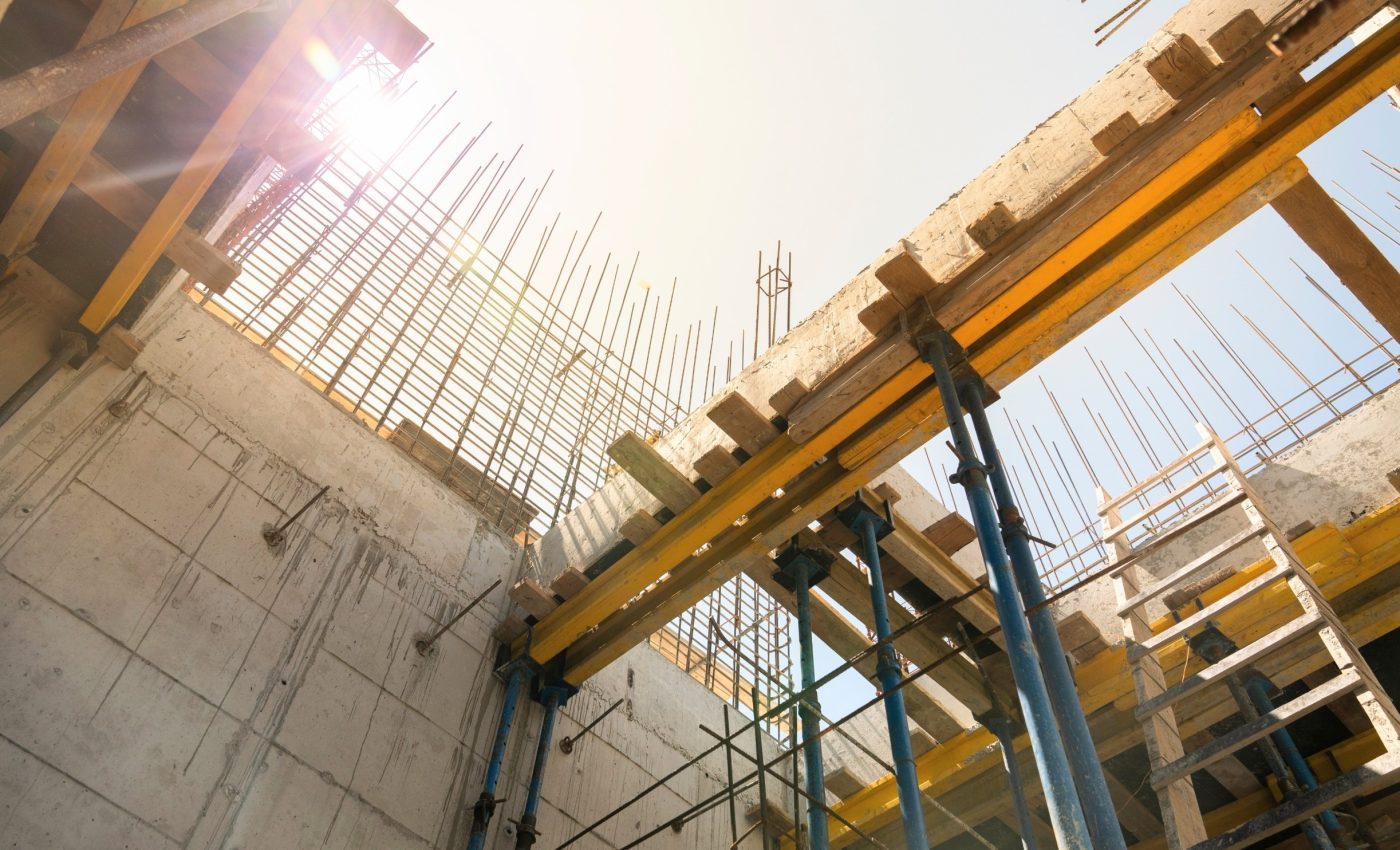
Construction now drives one-third of global carbon emissions
A new study warns that the way we build – and what we build with – is pushing global emissions to dangerous levels. Concrete, bricks, and steel are the heavy hitters when it comes to emissions.
In 2022, more than 55 percent of the construction industry’s emissions came from cement-based materials, metals, and bricks.
Another six percent came from materials like glass, plastics, and chemicals. The rest – 37 percent – came from transportation, machinery, and on-site work.
Construction’s emissions surge
“The study shows that the construction sector now drives one-third of global CO₂ emissions, up from around 20 percent in 1995,” said lead author Chaohui Li from Peking University.
“If current trends continue, the sector can exceed the 2°C (3.6°F) per annum carbon budget earliest by 2040.”
That’s not the worst of it. Under the current path, the construction industry could blow past the yearly carbon limits set by the Paris Agreement within the next two decades.
“Between 2023 and 2050, cumulative construction-related emissions are expected to reach 440 gigatons of CO₂.
This is enough to consume the entire remaining global carbon budget for 1.5°C (2.7°F),” said study co-author Prajal Pradhan, a professor at the University of Groningen in the Netherlands.
These numbers come from researchers who tracked emissions across 49 countries and 163 sectors over nearly three decades. They didn’t just look at emissions. They looked at how they’ve shifted – and who’s now producing the most.
Emissions shift southward
Back in 1995, richer countries were pumping out half of the construction-related emissions. But by 2022, that changed. Emissions in those countries had leveled off.
Now, it’s developing regions that are seeing big increases – mostly because they’re relying heavily on steel and cement to build new cities, roads, and infrastructure.
Meanwhile, materials that are better for the planet – like timber and other bio-based options – are being used less. That’s a missed opportunity to cut emissions.
And it’s not just about the environment. Switching to better materials could also lead to healthier homes, lower energy bills, and stronger communities.
Rethinking what we build with
The team behind the emissions study isn’t just raising red flags. They’re calling for something they call a “material revolution.”
That means changing the very stuff we build with – cutting out the worst offenders like cement and steel, and switching to low-carbon options like engineered wood, bamboo, and recycled materials.
“The challenges and solutions for decarbonizing construction are not globally uniform,” said study co-author Jürgen Kropp from the Potsdam Institute for Climate Impact Research.
“Tipping full supply-chain-scale changes ultimately requires structural shifts material-wise, reducing reliance on traditional materials like cement, steel, and bricks, while exploring new alternatives.”
This kind of shift won’t be easy, and it won’t look the same everywhere. Wealthier countries, the researchers argue, should lead the way.
They have the tools, technology, and money to push for cleaner design, tougher regulations, and smarter building methods. But the real growth is happening in less wealthy parts of the world – and that’s where help is needed the most.
Building our way into a crisis
Cities are still expanding. More people are moving into urban areas every year. That means more homes, more buildings, more roads.
If we don’t change how we build, emissions from the construction sector alone could eat up the entire carbon budget meant to keep global warming under control.
“Humanity has literally built itself into a corner with steel and cement,” said Professor Hans Schellnhuber, director of The International Institute for Applied Systems Analysis (IIASA) “To meet the Paris goals, we must reinvent the very materials that shape our cities.”
“A global material revolution rooted in circularity, innovation, and cooperation can turn the construction sector from a climate problem into a cornerstone of a sustainable and resilient future.”
The message is loud and clear: If we want to protect our future, we have to change the way we build it.
This isn’t just about buildings – it’s about the kind of future we’re constructing with every brick, beam, and decision we make today, and what we leave behind for tomorrow.
The full study was published in the journal Communications Earth & Environment.
—–
Like what you read? Subscribe to our newsletter for engaging articles, exclusive content, and the latest updates.
Check us out on EarthSnap, a free app brought to you by Eric Ralls and Earth.com.
—–













